Xianbin Gu
POP909: A Pop-song Dataset for Music Arrangement Generation
Aug 17, 2020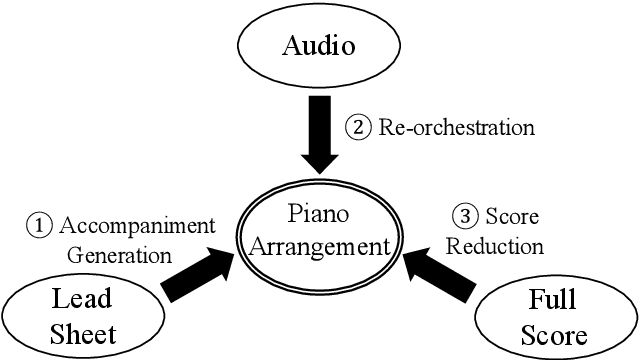

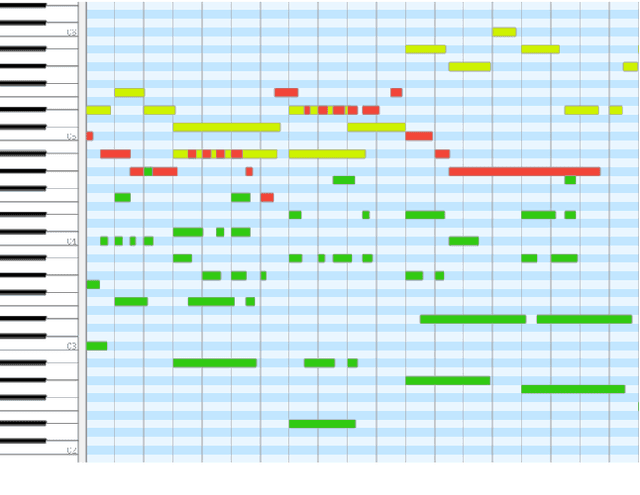
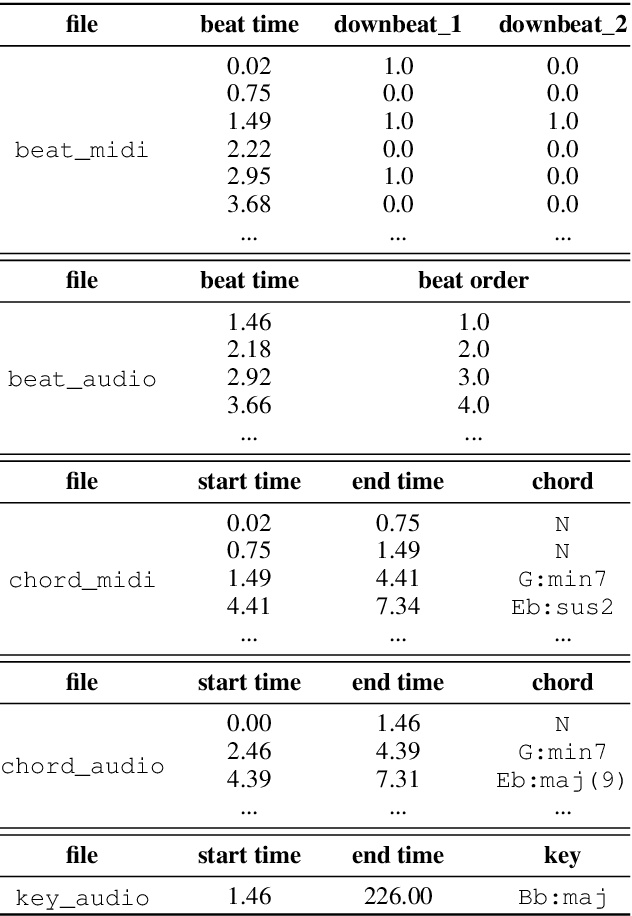
Abstract:Music arrangement generation is a subtask of automatic music generation, which involves reconstructing and re-conceptualizing a piece with new compositional techniques. Such a generation process inevitably requires reference from the original melody, chord progression, or other structural information. Despite some promising models for arrangement, they lack more refined data to achieve better evaluations and more practical results. In this paper, we propose POP909, a dataset which contains multiple versions of the piano arrangements of 909 popular songs created by professional musicians. The main body of the dataset contains the vocal melody, the lead instrument melody, and the piano accompaniment for each song in MIDI format, which are aligned to the original audio files. Furthermore, we provide the annotations of tempo, beat, key, and chords, where the tempo curves are hand-labeled and others are done by MIR algorithms. Finally, we conduct several baseline experiments with this dataset using standard deep music generation algorithms.
Image segmentation with superpixel-based covariance descriptors in low-rank representation
May 18, 2016

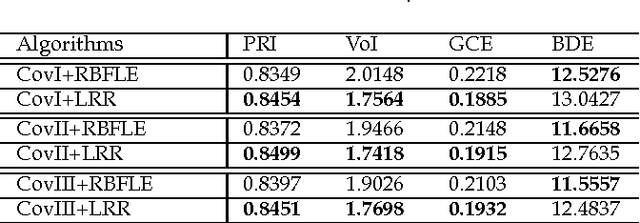
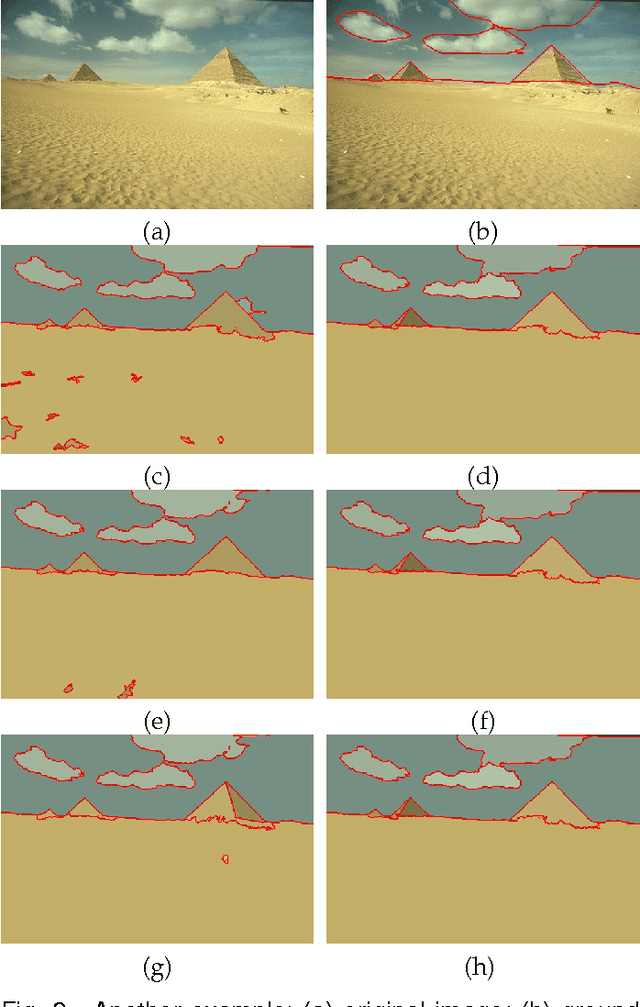
Abstract:This paper investigates the problem of image segmentation using superpixels. We propose two approaches to enhance the discriminative ability of the superpixel's covariance descriptors. In the first one, we employ the Log-Euclidean distance as the metric on the covariance manifolds, and then use the RBF kernel to measure the similarities between covariance descriptors. The second method is focused on extracting the subspace structure of the set of covariance descriptors by extending a low rank representation algorithm on to the covariance manifolds. Experiments are carried out with the Berkly Segmentation Dataset, and compared with the state-of-the-art segmentation algorithms, both methods are competitive.
 Add to Chrome
Add to Chrome Add to Firefox
Add to Firefox Add to Edge
Add to Edge